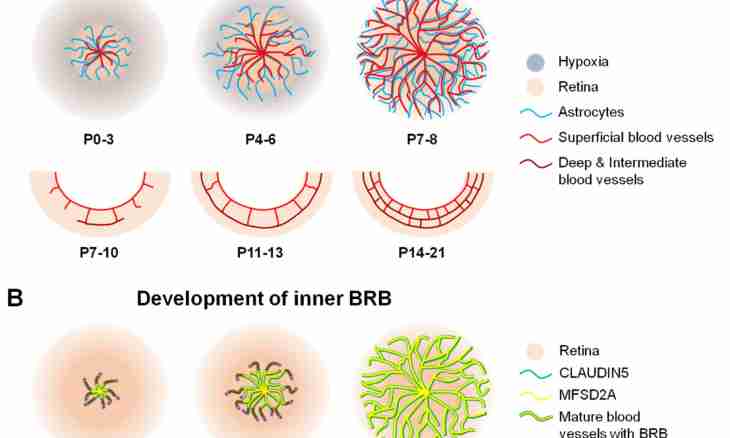The amoeba belongs to the subkingdom monocelled that means, her body consists of only one cage which represents an independent organism with all functions inherent in it.
Building
The body of an amoeba consists of the cytoplasm surrounded with an external membrane and one or several kernels. The light and dense outer layer is called an ektoplazma, and inside — endoplasma. In endoplasma of an amoeba there are cellular organelles: sokratitelny and digestive vacuoles, mitochondrions, ribosomes, elements of the device of Golgi, endoplasmic network, basic and sokratitelny fibers.
Breath and allocation
Cellular respiration of an amoeba happens with the participation of oxygen when it becomes less, than in the external environment, in a cage new molecules arrive. The hazardous substances which collected as a result of activity and carbon dioxide are removed outside. On thin trubkovidny channels, liquid comes to a body of an amoeba, this process carries the name of a pinotsitoz. Sokratitelny vacuoles are engaged pumping out of excess water. Being gradually filled, they are sharply reduced and pushed out outside approximately time 5-10 minutes. And vacuoles can be formed in any part of a body. Digestive vacuoles approaches a cellular membrane and opens outside therefore the undigested remains are thrown out the external environment.
Food
The amoeba eats monocelled seaweed, bacteria and smaller monocelled, encountering them, it flows round them and includes in cytoplasm, forming digestive vacuoles. Enzymes which split proteins, lipids and carbohydrates come to it, so there is an intracellular digestion. Having been digested, food gets to cytoplasm.
Reproduction
Amoebas will breed in the sexless way, by a division method. This process does not differ from cell fission which happens with a growth of a metaphyte. The difference is only that daughter cells become independent organisms. In the beginning the kernel doubles in order that each daughter cell the copy was transferred to hereditary information. The kernel at first is extended, then extended and drawn in the middle. Forming a cross groove, it is divided into two half which form two kernels. They disperse in different directions, and the body of an amoeba is divided into two parts a banner, forming two new unicells. About one kernel gets to each of them, there is also a formation of missing organelles. Division can repeat several times for one day.
Formation of cysts
Unicells are sensitive to changes of the external environment, in adverse conditions a large amount of water from cytoplasm is distinguished for the surfaces of a body of an amoeba. The allocating water and substances of cytoplasm form a dense cover. This process can happen in cold season, when drying a reservoir or in other adverse conditions for an amoeba. The organism passes into based a state, forming a cyst in which all vital processes stop. Cysts can is carried by wind that promotes resettlement of amoebas. At approach of favorable conditions, the amoeba leaves a cover of a cyst and passes into an active state.

